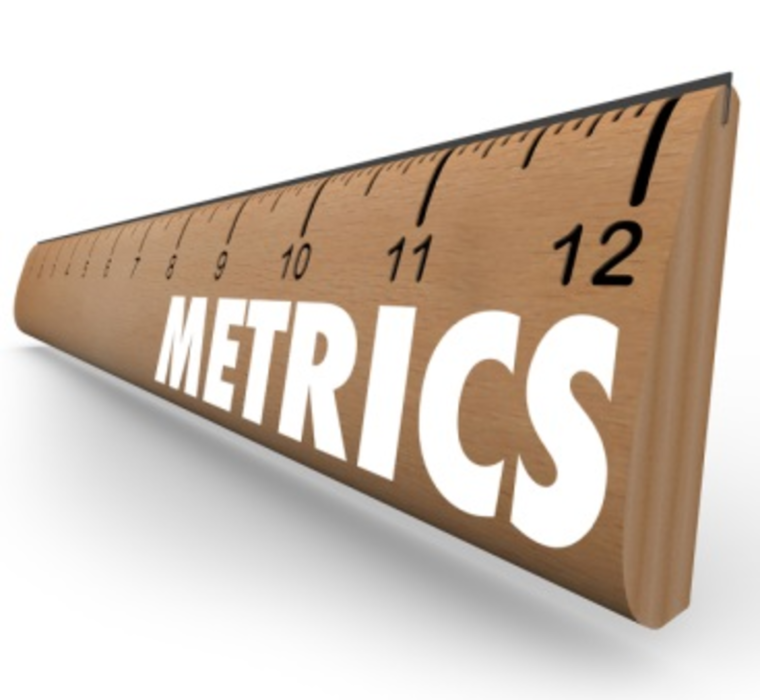The Merriam-Webster dictionary defines vanity as “something that is vain, empty, or valueless.” For marketers, vanity can downright be dangerous, especially when it comes to metrics. “The biggest danger of vanity metrics is that they sometimes give you a misrepresentation of what’s actually happening,” says Wilson Raj, global director of customer intelligence at data analytics company SAS. “That’s from a customer perspective, from a competitor perspective, and certainly from an effective campaign point of view.”
Matt Greitzer, COO of programmatic media-buying company Accordant Media, says much like beauty, vanity metrics are only skin deep. He warns that they sometimes lack true substance, and as a result, often tell just a limited story of the effectiveness of campaign. “Vanity metrics are easy to quantify and can even make it simple tell a story of success,” Greitzer says. “But when you dig into them, they frequently have little value.”
Both Greitzer and Raj describe vanity metrics as feel-good measurements that don’t necessarily impact the bottom line. Each points to Facebook likes, Twitter followers, email opens, website traffic, and even the number of app downloads as classic examples of metrics that, many times, don’t provide marketers actionable insights.
“For example, let’s consider the cost-per-download metric,” Greitzer continues. “Of course, if marketers are looking to push a new app, they need users to download the app. If the app has an efficient cost-per-download metric or a high number of downloads, that can seem very effective. But if none of [the users] actually use the app, that’s not valuable at all.”
He says marketers would do better to track not just downloads, but also usage (e.g. opens, frequency, or time spent with the app) or interactions (i.e. did the app user take action). “Sometimes the easier metric to look at is the number of downloads or cost per download; and the harder thing to look at is interaction and usage. But it’s the harder thing that’s actually what’s valuable,” Greitzer says.
Vanity metrics may be an incomplete part of the story—but are not completely useless, Raj explains. “We’re not saying that you have to ditch the vanity metrics. The idea is that you get a richer set of metrics,” Raj says. “When you string [actionable metrics] and vanity metrics together, what you get is a more holistic view of the customer and the market.” He says that marketers can connect troves of followers and likes to tangible metrics, such as active participation, lead generation, customer responses, loyalty, brand affinity, costs, and eventually the bottom line.
So how can marketers find the right metrics to measure? “The type of metric that marketers want is one that helps them to make a decision,” Raj says. He points out that marketers need to understand what’s driving the metrics, not focus on sheer numbers. “Marketers need a metric that helps them understand whether they are gaining customers, or losing them. They need a metric that helps them track whether they are gaining or losing revenue. And also metrics that give insight into why customers are choosing your brand—or why they’re not.”
On a final note, Raj gives this one simple tip: “Look at your data first. CRM data, financial data, social data; data gives you insights,” he says. “The quality and the integration of data sets are the very foundation of measuring more holistically.”








